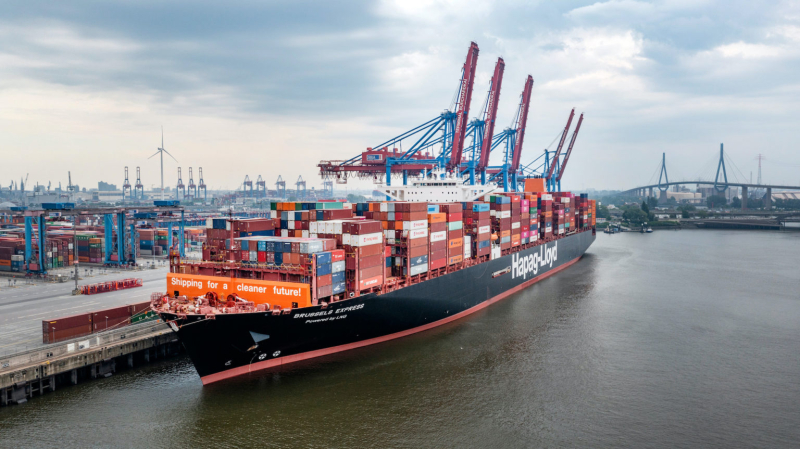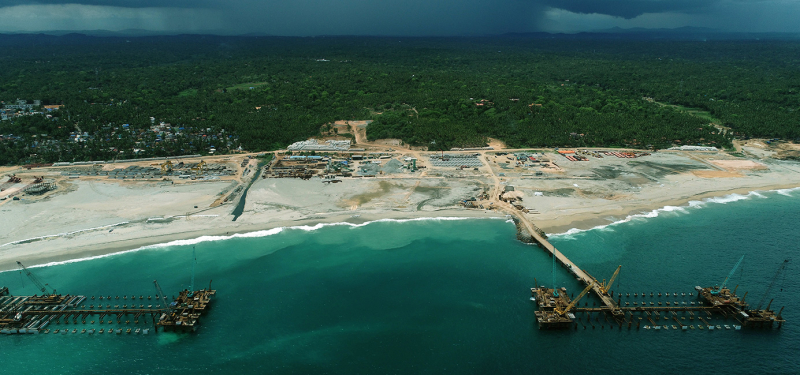As coal giants China and India scale back seaborne thermal coal purchases due to robust domestic production and tepid industrial demand, Southeast Asian economies -- particularly Vietnam -- are emerging as critical demand centers for major exporters such as Australia and Indonesia. This shift is redirecting trade flows and giving smaller importers greater leverage to negotiate favorable prices in a softer market.
Vietnam imported 9.4 million mt of thermal coal in Q1 2025, up 6.8% year over year, according to S&P Global Commodities at Sea data. This marked the highest quarterly import total for the country in the past two quarters. In contrast, India and China combined imported 113.5 million mt of coal during the same period, the lowest since Q1 2023, CAS data showed.
Vietnam's thermal coal imports from Indonesia rose 40.7% year over year to 7 million mt in Q1. In March, the country imported 4.1 million mt of thermal coal, followed by 3.6 million mt in April. The last time imports exceeded these figures was in June 2024, when Vietnam imported 4.5 million mt.
In the first four months of 2025, Vietnam imported 24.44 million mt of coal, up 18% year over year, primarily from Indonesia, Australia, Russia and Laos, customs data showed. "There is consistent and ongoing demand from Vietnam for mid-CV coal, primarily 5,000 kcal/kg GAR, and we typically sell around two vessels on a Panamax basis each month," an Indonesia-based producer said. Vietnam has been issuing tenders regularly as power plants seek to meet rising electricity generation demands and avoid shortages. Such tenders from Vietnamese power plants have kept activity strong, representing the largest share of their total imports, an Indonesia-based trader said. The Vietnamese government is targeting GDP growth of 8% in 2025, up from 7.1% in 2024, with electricity demand forecast to grow by up to 12.2% year over year. To address peak electricity demand in 2025 and prevent shortages, the Prime Minister issued a directive in April for ministries and state energy companies to prepare in advance, including securing coal supplies.
Vietnam produced 16.23 million mt of coal in the first four months of 2025, up 6.4% year over year, according to statistics office data. Vinacomin, Vietnam's top coal miner, produced 17.65 million mt of coal over January-May 2025, up 2.8% year over year. It sold 22.24 million mt of coal during the period, up 1.6% year over year, including 19.21 million mt for the power sector, down 3% from 19.8 million mt in the same period in 2024, according to a government statement on June 2, 2025.
The decline in Chinese spot buying, long a key driver of thermal coal prices, has softened prices across Asia. This has enabled countries like Vietnam to secure coal cargoes at more competitive rates and with greater contract flexibility.
"The decline in premiums on offers has prompted buyers in Vietnam to pivot toward branded cargoes, which typically command higher prices than the blended coal cargoes they traditionally sought," an Indonesia-based trader said.
Indonesian miner PT Bukit Asam's exports to Vietnam rose 166% to 0.91 million mt in Q1 2025, while exports to India fell 18% to 1.22 million mt and to China dropped 71% to 0.08 million mt during the same period, the company told Platts, part of S&P Global Commodity Insights.
The Platts SEAT index assessment for 4,200 kcal/kg GAR coal delivered to Ko Sichang in Thailand on a CFR basis averaged $54.80/mt in January-May 2025, down from $66.05/mt a year earlier. This assessment serves as a key price reference for cargoes supplied in Southeast Asia, including Vietnam.
While Indonesia remains a core supplier, Vietnam has increased purchases from South Africa and Australia, diversifying its supply sources and tapping into higher-calorific-value coal to meet growing baseload requirements.
An Australia-based producer noted that Vietnam has been a favorable market for them, likely the most consistent and robust over the past few months. Buyers typically opt for Newcastle 5,500 kcal/kg NAR and below cargoes, the producer added.
Although Vietnam has been a reliable buyer for major exporters, its bullish forecast has not significantly bolstered prices in the Asian thermal coal market, as shipment volumes remain relatively low compared to those of China or India, a Singapore-based trader said.
Beyond Vietnam, other Southeast Asian economies such as the Philippines and Thailand have also increased coal imports during the same period, driven by lower prices, surplus availability, and the retreat of the largest consumers.





























